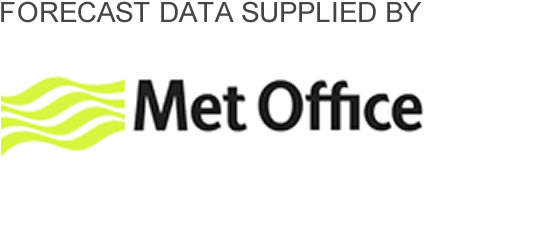Our (now) usual selection of unusual snow
1st April 2013
(Above) West-facing side of Coire nan Gamhna. Areas of weakly supported windslab.
Facetted crystals now more widespread beneath hard and soft slab on shaded, or partially shaded, W to N aspects.
It’s been very interesting looking at the formal snow pits of each of our respective five SAIS areas and talking to the other forecasters over the past 2 weeks or so. The areas further east (N.Cairngorms & S.Cairngorms) had a lot more snow and therefore deeper snowpacks. Areas further west (in particular ‘Meggie & Glencoe; Lochaber, possibly for topographical reasons, not showing the same problems) have a shallower snowpack and seem to be finding more extensive facetting taking place. A shallower snowpack often means the temperature gradient across it is steeper which encourages more of a vapour flux up from the relatively warm ground towards the surface. This vapour permeates softer layers and sublimates on to nearby crystals forming the dreaded facets.
If this process continues, fully formed facetted crystals eventually grow in to depth hoar if in close proximity to the ground. The important point is that these crystals, in any stage of their development, do not bind together and the further along the road of development the more discrete (separate, individual) they become, and critically, the less stable the snowpack.
In the ‘normal’ course of events when snow sits around doing nothing, and it’s not particulary cold or much above 0 degrees C., then it tends to form bonds within the snowpack which strenghten with time. Our maritime snowpack is well known for fairly fast consolidation but what we have at the moment is really quite alien to that norm!… Think Alpine. The extensive buried weak layers will persist until we get a really comprehensive meltdown. (Any significant amount of new snow prior to that will…..well I’m sure you can join the dots.)
Facetting is fastest when the snowpack is relatively ‘warm’ (circa 0 to -2 degrees C.) but with very cold air temperatures. Facetting tends to slow down when the whole of the snowpack is kept at a sustained low temperature (less of a temperature gradient). Diurnal changes (night to day) in temperature mean the upper layers can experience significant temperaure gradients during the transition from day (slightly warmer) to night (colder) and so facetting in the surface layers is further enhanced whilst not much is happening at the base of the snowpack. (Bear in mind that basal facetting may slow down but the already formed weak crystals will persist in the cold temps). I’ve been finding more facets in near-surface layers in the past week or so at Meggie: in one pit I measured a layer of facets 10cm thick within the top 25cm of the snowpack.
(Above) Coire nan Gamhna. Centre, and East-facing side of the coire on the right.
Heavily scoured and much better stability from centre of photo towards the right hand side. It’s a really small coire but with wildly varying snow conditions from one side to the other. Similar distribution in many other locations.
(Above) Approach to Coire nan Gamhna from Coire Ardair at approx 750m.
No confidence in crossing this slope so skirted round it.
(Above) Alpine snow and Alpine weather. Scoured ridges offer safe passage.
(Above) Puist Coire Ardair just out of shot to the R.
Cross-loaded slab in the big central bay. Note the sastrugi clues at bottom of picture.
(Above) Smith’s Gully. Plenty of good sport to be had away from dubious windslab.
(Above) L to R. South Post, Centre Post, North Post.
Two pairs of climbers just visible in Centre Post. East-facing and for the most part heavily scoured.
(Above) Staghorn Gully. The Post Face.
The normally ‘hidden’ second ramp/gully in view. Climber just visible negotiating the cornice.
Comments on this post
Got something to say? Leave a comment











